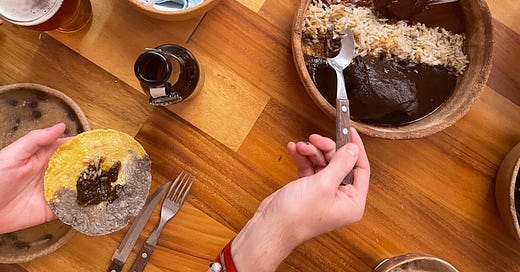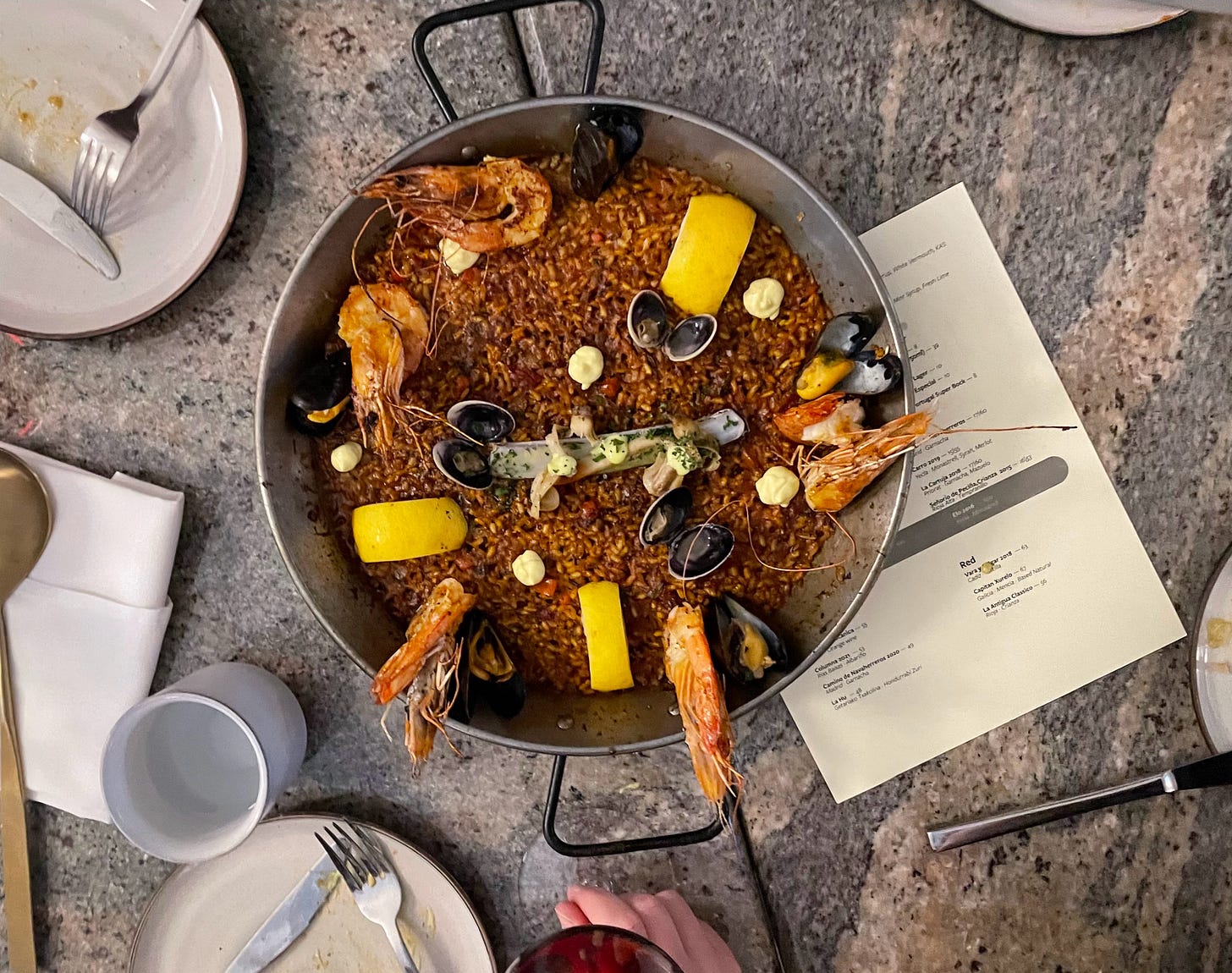Lately I find myself defending my line of work in more and more conversations. Often these crop up as thinly veiled attempts to discuss current events: “Is AI making writers obsolete?” “Does anyone have the attention span to read longform journalism anymore?”
Journalism and food studies college students also seek me out a few times a year to talk about the state of restaurant criticism. “Do restaurant reviews matter like they used to?” “Do you feel threatened by TikTok?”
I’m usually pretty good-natured about it, padding sensible replies like “AI isn’t capable of original thought, and we’ll always need that,” with self-deprecating jokes about watching myself go extinct. But it’s demoralizing to endure this kind of running commentary like a much less entertaining “Groundhog Day.” Of course I realize that many people would rather spend an hour mindlessly scrolling on TikTok or Instagram. I can’t force them to choose to read a piece of storytelling instead—much like I can’t force the publishing industry to pay the kind of wages to staff writers, editors and freelancers that reflect the reality of what great and compelling writing necessitates.
But I also don’t think this means we all have to throw our hands up and succumb all our free time to these attention-sucking machines. Maybe it takes a little more effort to pick up a book or tackle a mind-bending short story or lengthy profile. Enrichment doesn’t always come easily; nor should it.
This leads me to my first attempt to answer the question: What is food writing for? Today I’ll stick to why I love and choose to write restaurant criticism for Time Out Chicago, which I’ve done off and on since 2017.
Last year, in an interview on “The Daily” podcast, the longtime New York Times restaurant critic Pete Wells told host Michael Barbaro that he finds himself constantly vying for attention from the non-sentient star ratings that head up each of his reviews. Turns out, even among paid New York Times subscribers, a notable subset really only care about the rating and quick-and-dirty summary, no matter how clever or entertaining Wells’s prose. (Unless, of course, it’s a takedown, in which case they’re as ravenous as vultures.)
For Wells and a lot of old-guard (ahem, gatekeepy) critics, a restaurant review is first and foremost a piece of service journalism that tells readers whether or not a place is worth their hard-earned disposable income. This makes sense. After all, a critic is a (hopefully) more knowledgeable, objective filter through which a non-food professional might determine whether they should drop $400 on dinner for two at some buzzy place that’s nearly impossible to get into. That’s not to say this kind of writing can’t be evocative and beautiful, or hilarious or devastatingly cruel. But it’s still a formula that’s become a little less meaningful as the scope of restaurants “worthy” of reviews has, thankfully, expanded.
I do ascribe to it to some degree. In keeping with Time Out’s optimistic tone, I don’t write restaurant takedowns or cover places I find terrible. I offer choice words for things that need improving, cost too much or are otherwise absurd in every review I write. Some might argue that skirting total evisceration makes me less serious of a critic or journalist, but I don’t see much value in brutalist clickbait, particularly in this ugly era of internet trolls. A restaurant that’s failing, either on its menu or in some other area of operation, will more often than not put itself out of business.
When reviewing, I’m most interested in entertaining the reader by contextualizing dining as part of our broader culture and capturing the visceral magic and pleasure of dining out. Restaurants are perhaps our best cultural touchstones at the local level, helping us contextualize the shifting tides of trends and take the temperature of the public mood.
That we can unlock delight, memory, lust, and occasional transcendence on the plate is a special privilege of being human: Knocking back East Coast oysters that taste like if umami were a stormy sea. The trampoline-like springiness of a handpulled noodle. That timeless chorus of voices and laughter mingling with the tinkling of glassware and scraping of silverware on plates in a bustling restaurant dining room. So long as these things hold wonder, I’ll keep waxing poetic for whomever cares to sit and read for a spell.






Please continue to wax poetic. We all need your words! Another great one Marge!
Yay for deep reading! And for deep thinking!